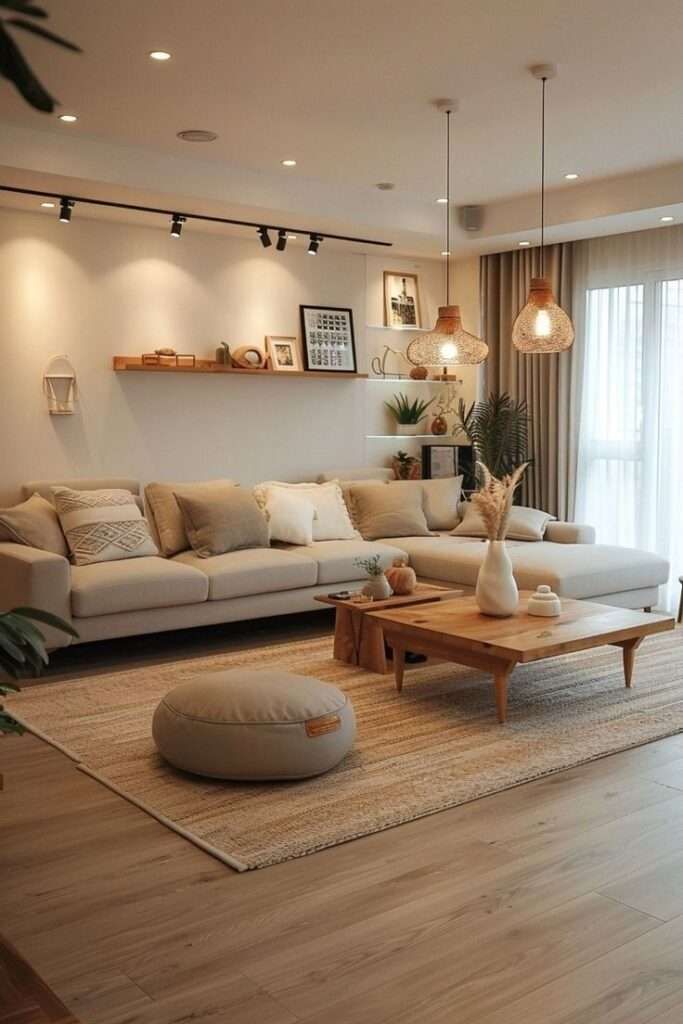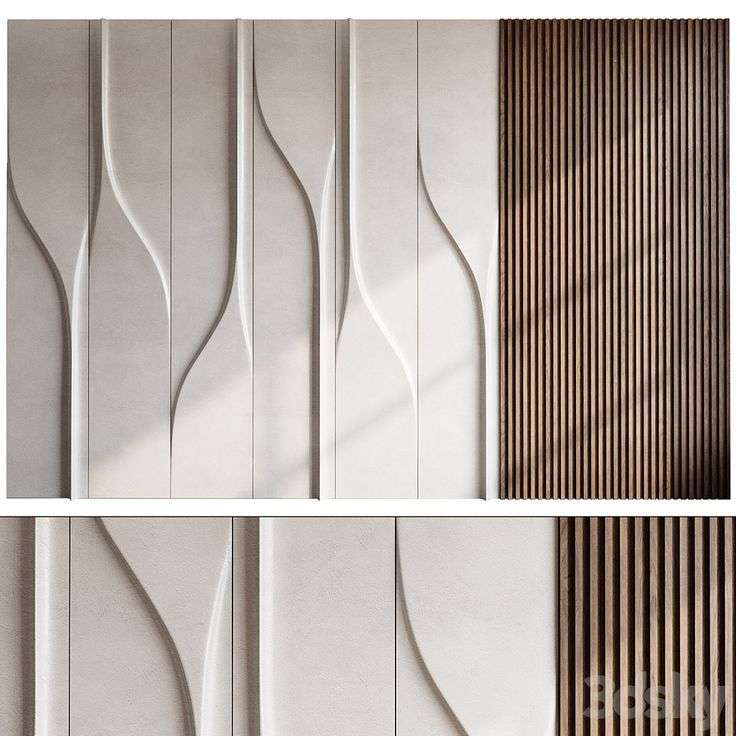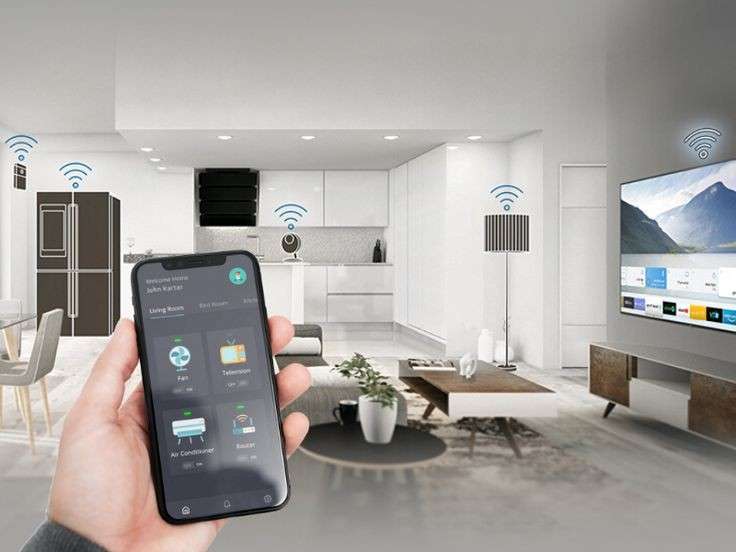Scandinavian design, originating from the Nordic countries of Sweden, Denmark, Norway, and Finland, is renowned for its clean lines, minimalist aesthetics, and emphasis on functionality. Rooted in the idea of creating beautiful yet practical living spaces, Scandinavian style has become one of the most popular and enduring design trends worldwide. Its ethos centers around the belief that simplicity and functionality can coexist with beauty, creating spaces that feel warm, welcoming, and organized.
In this blog, we’ll delve into the core elements of Scandinavian style, how to incorporate it into your home, and why it’s so beloved for its timeless elegance and practicality.

What is Scandinavian Style?
Scandinavian design is all about creating spaces that promote simplicity, functionality, and a sense of calm. Influenced by the natural beauty of the Nordic landscape, it draws inspiration from the harsh winters and the need for cozy, efficient living spaces. The design style emphasizes neutral color palettes, natural materials, and clean, geometric lines. It’s a minimalist approach to interior design that doesn’t feel cold or sterile but instead embraces warmth through thoughtful details and natural elements.
Key Characteristics of Scandinavian Style
- Minimalist Design
At the heart of Scandinavian design is minimalism. The philosophy is “less is more,” focusing on creating a clutter-free environment where each element has a purpose. Furniture is functional and simple, with clean lines and no excess ornamentation. The goal is to create a serene atmosphere that promotes relaxation and well-being. - Neutral Color Palette
Scandinavian interiors often feature light, neutral tones such as whites, creams, grays, and soft pastels. These colors create a bright, airy environment, particularly important in places where the winters can be long and dark. Accents of black, navy, and natural wood are often used to add depth and contrast, ensuring the space feels balanced and harmonious. - Natural Materials
A deep connection to nature is central to Scandinavian style. Wood plays a key role, with oak, birch, and pine being popular choices for furniture and flooring. Stone, wool, leather, and linen are also frequently used to create tactile textures and warmth. These natural materials evoke a sense of coziness, making the home feel connected to the outside world. - Functional and Practical Furniture
Scandinavian design emphasizes the functionality of furniture, often with a simple yet elegant form. Each piece is designed to serve a practical purpose, but it doesn’t sacrifice beauty. You’ll often see streamlined, well-made furniture that is versatile and ergonomic, making it ideal for modern living spaces. Storage solutions are also key, with clever ways to incorporate hidden storage and multifunctional pieces. - Warmth and Coziness (Hygge)
Despite its minimalist approach, Scandinavian design is all about creating warmth and comfort. The concept of hygge (a Danish term for coziness) is a fundamental part of Scandinavian living. Soft textiles like wool throws, plush cushions, and area rugs are used to make the space feel inviting and cozy. Lighting also plays a significant role, with soft, ambient lighting from lamps and candles creating a calm, relaxing atmosphere.
How to Incorporate Scandinavian Style into Your Home
- Use Neutral and Light Colors
Start with a neutral color base, such as white or light gray, for your walls and large furniture pieces. These shades will create a bright, airy feel and help reflect natural light. You can then add accents of black or muted colors like dusty pink, sage green, or mustard yellow for contrast and interest. - Embrace Natural Materials
Opt for wooden furniture, exposed wood beams, and natural textures. For instance, wooden dining tables, bookshelves, and floors made from natural wood bring warmth to the space. Use linen or cotton curtains, wool blankets, and leather accents to add further layers of texture while staying true to the Scandinavian ethos of natural simplicity. - Simplify Your Furniture
Choose simple, well-designed furniture with clean lines and minimal ornamentation. Scandinavian design often features low-profile sofas, functional dining tables, and multi-purpose storage pieces. Think of the iconic Arne Jacobsen Egg Chair or a Hans Wegner wishbone chair for adding elegance and function. - Maximize Natural Light
Large windows are key to Scandinavian interiors. The more natural light you can let into your home, the better. Consider using sheer curtains or blinds that allow sunlight to filter through. In the darker months, invest in lamps and sconces that create a warm, inviting glow. Don’t be afraid to layer lighting sources to create a cozy ambiance. - Add Cozy Textiles and Accents
While Scandinavian design is minimalist, it doesn’t shy away from comfort. Layer soft, tactile textiles like throws, cushions, and rugs to add warmth and coziness to the space. Sheepskin rugs, chunky knitted blankets, and wool cushions are commonly found in Scandinavian homes. These elements not only provide warmth but also add visual interest and comfort. - Create a Calm, Clutter-Free Space
Scandinavian design encourages organized, clutter-free spaces. Storage is key, with an emphasis on practical storage solutions like baskets, shelves, and hidden compartments. Keep surfaces clear and only display items that have both a functional and aesthetic purpose. A clean, organized environment promotes a sense of tranquility.
Why Scandinavian Style is So Popular
Scandinavian design is not only visually appealing, but it’s also practical. The minimalist, functional approach to design suits modern living, where spaces often need to be versatile and easy to maintain. The use of natural materials and light colors creates a soothing, calming environment, perfect for those seeking a peaceful retreat from the hustle and bustle of daily life.
The popularity of Scandinavian design also lies in its timeless quality. It’s a style that doesn’t follow trends but instead focuses on lasting beauty and functionality. This makes it ideal for people who want a home that is both stylish and practical in the long term.



